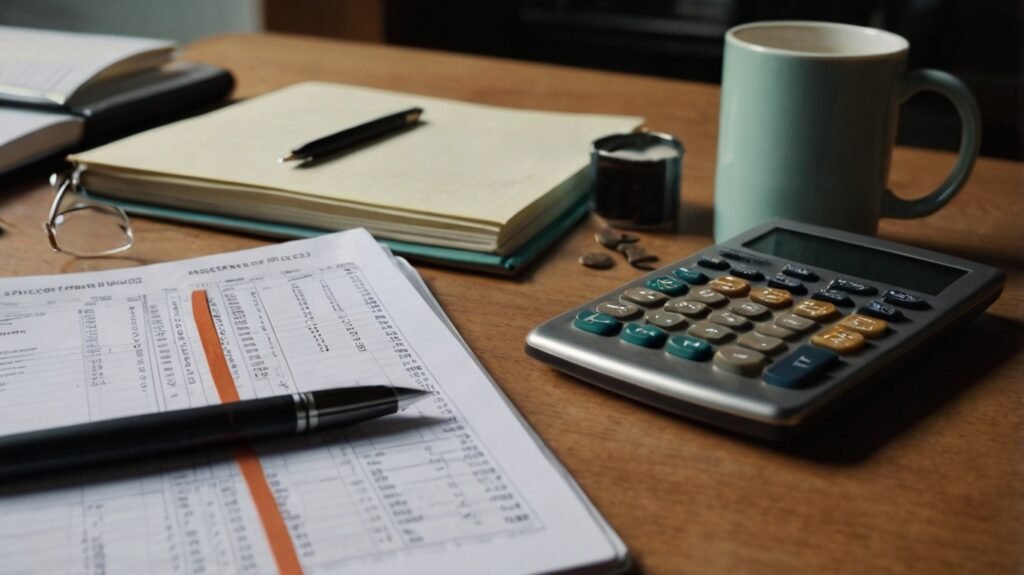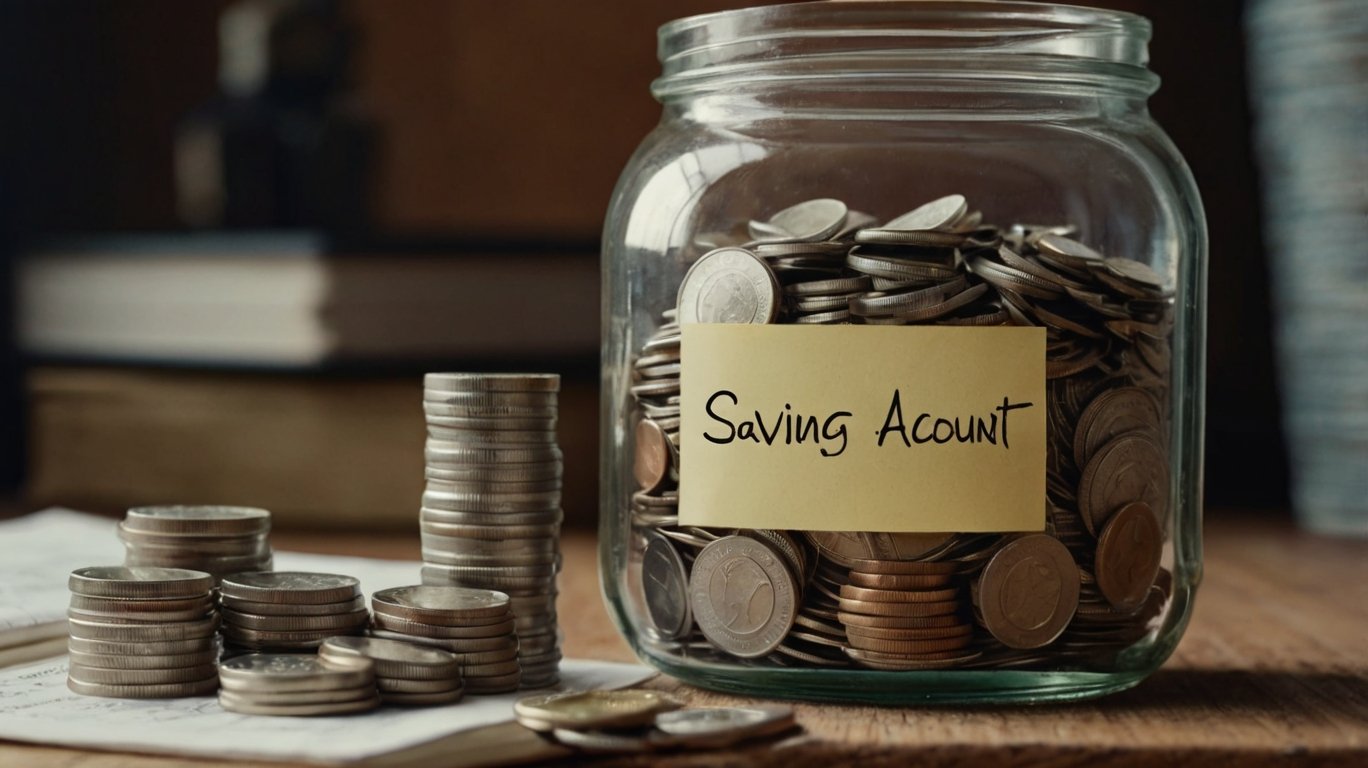The thought of saving money might seem daunting when you’re living on a tight budget. However, creating an emergency fund is crucial for maintaining financial security. Even with a modest income, you can build a safety net that covers unexpected costs such as medical bills, car repairs, or job loss. Let’s explore how to set up an emergency fund, no matter how limited your financial resources may be.
What is an Emergency Fund?
An emergency fund is a savings account reserved for unplanned expenses or financial crises. Its purpose is to provide a financial cushion in times of unexpected setbacks.
The Reasons for Having an Emergency Fund
Having an emergency fund helps you avoid falling into debt when unexpected situations arise. It allows you to handle sudden expenses without jeopardizing your everyday financial stability.
Evaluate Your Financial Condition
Start by keeping track of your monthly income and expenses. Understanding where your money goes will help you identify areas where you can cut back and allocate funds towards your savings.

Determine Your Financial Objectives
Decide how much you want to save. It’s often recommended to set aside three to six months’ worth of expenses. If this seems overwhelming, start with a smaller, more manageable goal.
Decide on a Reasonable Budget
A well-planned budget helps you live within your means and prioritize saving. Set aside a specific portion of your income for your emergency fund.
Reduce Needless Expenses
Identify and cut out non-essential expenses. Even small reductions in your spending can add up over time and contribute significantly to your emergency fund.
Select a Savings Account
To maximize your savings, find a savings account that offers a higher interest rate. Online banks often provide better rates than traditional brick-and-mortar banks.
Don’t Mix It With Other Funds
Keep your emergency fund in a separate account from your other savings. This separation helps prevent the temptation to use it for non-emergencies.
Start with Minimal Contributions
Begin by making small, consistent contributions to your emergency fund. Even modest amounts, if saved regularly, will grow over time.
Put Your Savings in Motion
Set up automatic transfers to your emergency fund account. Automating your savings ensures regular contributions without requiring ongoing effort.

Gradually Raise Your Savings
As your financial situation improves, adjust your budget to increase your emergency fund contributions. Regularly review and adjust your savings plan to stay on track.
Utilize Bonuses and Windfalls
Consider directing any extra income, such as bonuses or tax refunds, towards your emergency fund. This can provide a significant boost to your savings.
Steer Clear of Common Pitfalls
Your emergency fund should only be used for genuine emergencies. Avoid dipping into it for planned or non-urgent expenses.
Remain Encouraged
Building an emergency fund takes time and patience. Keep in mind the financial security it will provide to stay motivated throughout the process.
Keep an Eye on Your Money Often
Regularly monitor your emergency fund balance and make adjustments as necessary. Ensure that your fund remains sufficient to cover potential emergencies.
Modify Your Approach to Savings
Adapt your savings strategy as your financial situation evolves. Adjust your contributions to meet new financial goals or changing circumstances.
Speak with a Financial Advisor
If you need guidance on how to start or manage your emergency fund, consider consulting a financial advisor for personalized advice.
Employ Tools for Financial Planning
Utilize online resources and apps to effectively track your spending, savings, and overall financial goals.

Learn from Others
Read about individuals who, despite having limited income, successfully established an emergency fund. Their stories can offer inspiration and practical advice.
Acquire Knowledge from Errors
Learn about common mistakes people make with their emergency funds and how to avoid them to ensure your own savings strategy is effective.
In Summary
Establishing an emergency fund on a low income is challenging but entirely feasible with the right approach. By evaluating your financial situation, creating a budget, and setting small but consistent savings goals, you can build a safety net that will protect you from financial hardship. Remember, every little bit counts, and consistency is key.
FAQs
How much should I set aside for emergencies?
Aim for three to six months’ worth of expenses. If this feels too challenging, start with a smaller goal and increase it over time.
What if I can’t save a significant amount each month?
Even small, consistent contributions will accumulate. The key is to be regular with your savings, not the amount.
Can I use my emergency fund for scheduled costs?
No, an emergency fund is strictly for unexpected expenses. Planned costs should be managed through a separate budget.
How often should I review my emergency savings account?
Review your emergency fund and budget at least every few months to ensure it meets your needs.
What should I do if I need to spend from my emergency savings?
If you use your emergency fund, prioritize replenishing it as soon as possible to ensure you’re prepared for future emergencies.
